Why Do Peacocks Spread Their Feathers?
Why Do Peacocks Spread Their Feathers (or Train)?
A male peafowl (peacock) spreads its feathers to intimidate predators, communicate vibrationally to other peafowl and to attract a mate during mating season.
And although this majestic bird’s feathers have been admired and studied for thousands of years, science is just starting to unravel the true mysteries of why peacocks have such extravagant tail feathers in the first place.
The Peacocks Train
A peacock’s large display of feathers is actually a set of shorter “tail” feathers and the vibrant long trail of feathers collectively known as the bird’s train.
This train can weigh up to a half a pound and yet doesn’t inhibit the birds ability to take off or fly short distances as scientists have only recently proven.
These trains make up 60% of a peacock’s full body length and can grow to as large as 55 to 63 inches long (140 -160 cm) when fully spread out in a show of courtship or intimidation.
Each year a peacock will shed all of their magnificent feathers only to regrow them again during the next mating season.
But a peacock only grows their first train at age two. And each year after their trains grow longer with each season until around six years old where their trains have finally reached their mature length.
Among the different bird species, the peacock’s train is one of the most complex arrangements of colors and is made up of on average between 140 to 170 long feathers each ending with an “eyespot” (ocellus).
This Ocellus plays a major part in the mating rituals of these birds and is far more complex than originally thought.
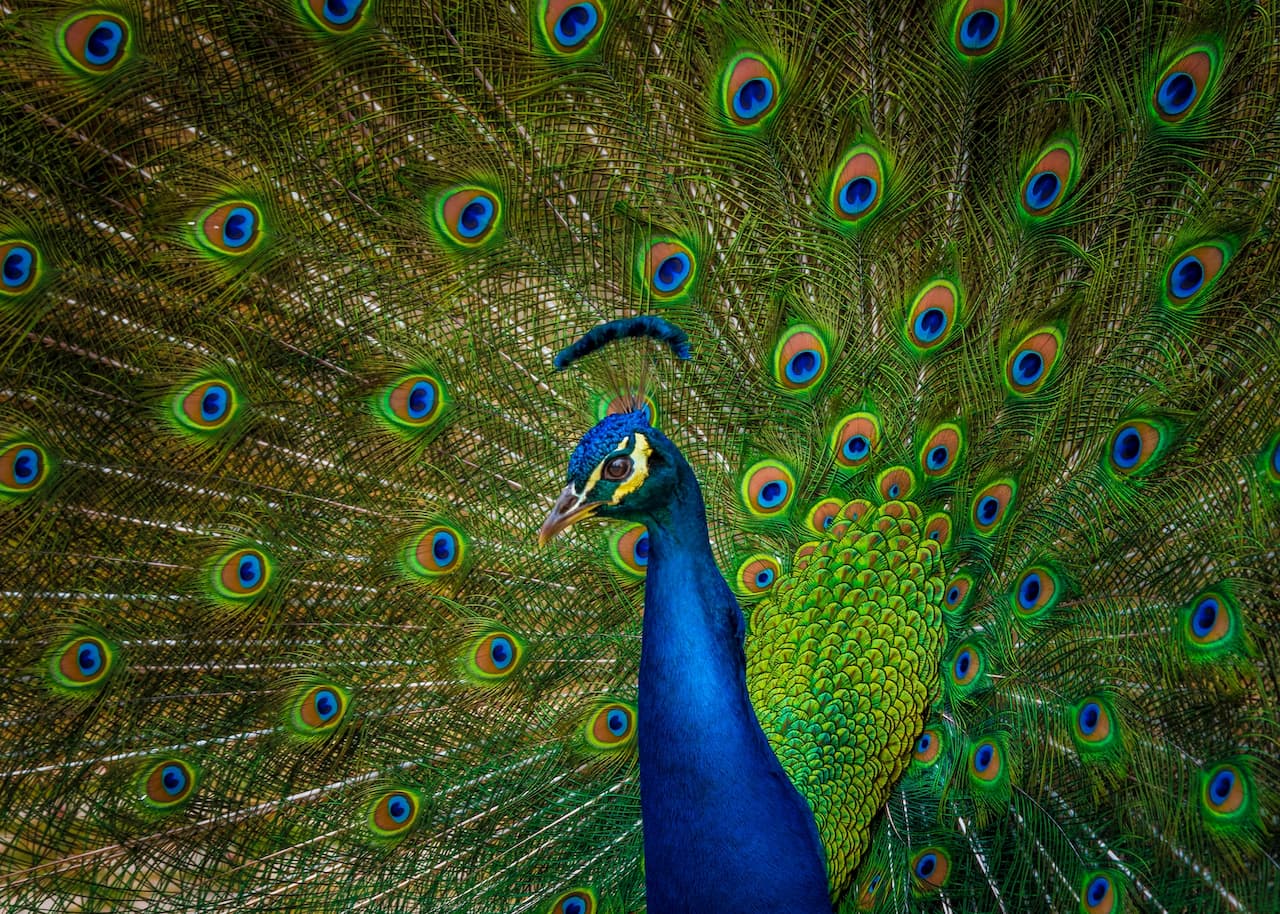
The Peacocks Ocellus
The eye or ocellus is the center of attention for any female peafowl, properly named peahen. The eye is composed of a purple-black center surrounded by iridescent colors of blue-green and bronze-gold regions.
It’s these iridescent colors and the change in color contrast that seem to be of the utmost importance for female peahens looking for a mate and not the overall size or shape of the male’s train as previously believed.
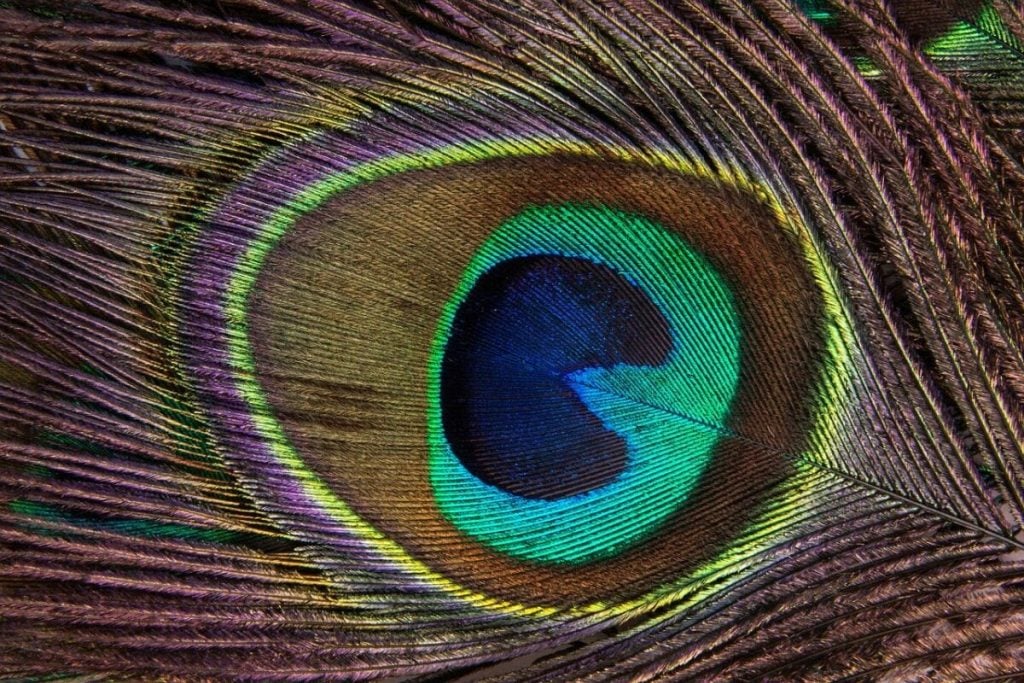
Current research has found that peacocks that show the most iridescence of the blue-green eyespot as well as the maximal change in color contrast, not the overall amount of colors, are the ones that have the most success when it comes to breeding.
When a peahen notices a peacock and looks at the potential mate, the peacock will angle his tail feathers at a 45% angle to the sun in order to show off its brightest radiance to the peahen as their feathers change colors with the angle of viewing.
The male will continue to show off at different angles until the female is satisfied and comes in closer.
Studies have shown that the 45% angle provides the best iridescence possible, and those male’s with the brightest eyespots in the study were also the same males that successfully breed the most.
But scientists have also discovered this is only half the equation when it comes to why peahens choose one mate over another.
The Peacock Train Rattle
Research suggests that the iridescent display may be more of an attention grabber than a final commitment when it comes to mating.
Once a peahen’s attention has been won and she is standing close by, a half meter or less, this is when the peacock will start “train-rattling“, or vibrating it’s tail feathers at a rate of 25 times a second causing sound waves in the same way a guitar string does.
These sound waves are picked up by the peahen through the crown of small feathers on top of her head.
It’s believed the frequency of sounds that are received lets her know that the potential mate is of the same species of peafowl and the suitor is fit enough to emit the right sounds to woo her.
Through a series of multi-sensory signaling, the peafowl will choose a mate that has both great iridescent colors, and the right song for her to relax and accept the male’s advances.
Using Their Feathers for Intimidation
But a peacock’s train does more than just attract a mate. It’s quite a sight to see when you’re a predator and suddenly your prey becomes twice the size you originally thought they were.
Fanning their trains can make many predators think twice. Being ground feeding birds, peafowl are easy prey.
They have no weapons to fight back with and they aren’t exactly ferocious animals.
And their first response to danger is usually to fly off as quickly as possible into the nearest tree to get away.
Yet sometimes the bird doesn’t notice the danger until it’s too late and it must stand it’s ground. The peacock’s response is to fan out its feathers to look as large as possible and intimidate the predator by its “large size” and many eyes.
The female peahen will do the same when alarmed, just not to the same effect as the peacock.
How do Peafowl Communicate?
As we talked about above, a peacock’s train emits sound waves that are picked up by the peahen’s crown through “train rattling”. Although this is a necessary part of mating, scientists now believe that it may be a way of communication by and for both sexes of peafowl.
Both male and female peafowl have the same exact crowns on the tops of their heads, or vibration receptors that can tune into frequencies humans can’t even hear.
And although far less extravagant, female peahens also have a small trail of tail feathers that is also used to create sound waves through vibrations just like males do.
Scientists are looking into how these birds use sound vibrations to communicate in group settings and not strictly during mating rituals.
Studies suggest these vibrations can clue birds in on all sorts of facts about other birds as far as health, social position and intentions, similar to dogs sniffing one another’s butt.
Although more specific study needs to be done in this area, the data that is present strongly suggests peafowl communicate everything from health to potential dangers through multi sensory signaling including sounds made with their feathers.
The Downside of a Peacock’s Beauty
There is a major downside of having such stunning feathers for the male peacock. And even though the female peafowl’s feathers are nowhere near as impressive, they too have fallen victim to the same circumstances as their male counterparts.
Poachers frequently capture and kill the male peafowl for their feathers that can currently fetch up to two or three dollars for a single feather on marketplaces all over the world. Normally peacocks live to 20 years old in the wild.
And now more than ever, peafowl have become extravagant pets for the rich and famous causing even more poaching of birds from the wild, both male and females.
And since it is customary to keep many peahens, often up to six, for each male peacock, this puts the egg laying peahen at a serious disadvantage as far as numbers.
With the average bird costing between $50 to $300 in the USA, there seems to be no end in sight as far as poaching goes. And peahen go for far less.
Can I Help Peafowl?
Yes, there are a few things you can do to help. The first thing you can do is not to buy either a peacock feather or the actual bird.
Supply and demand are always the cause of poaching. It’s only when there is no more money to be made in the illegal trade, it will stop.
In Closing
The peacock’s train is a majestic thing of beauty that scientists are only now discovering has far more purpose than just being ornamental dress up for courtship.
When a peacock spreads its feathers it may indeed be looking for a mate, but it might also simply be trying to communicate with the group or even fending off danger.
Scientists are just starting to unravel the mysteries of the peacocks train after thousands of years of admiration and awe.
Perhaps new information will also help keep wild peafowl safer in the wild and cause people to understand that these are wild birds and should stay in the wild where they belong.


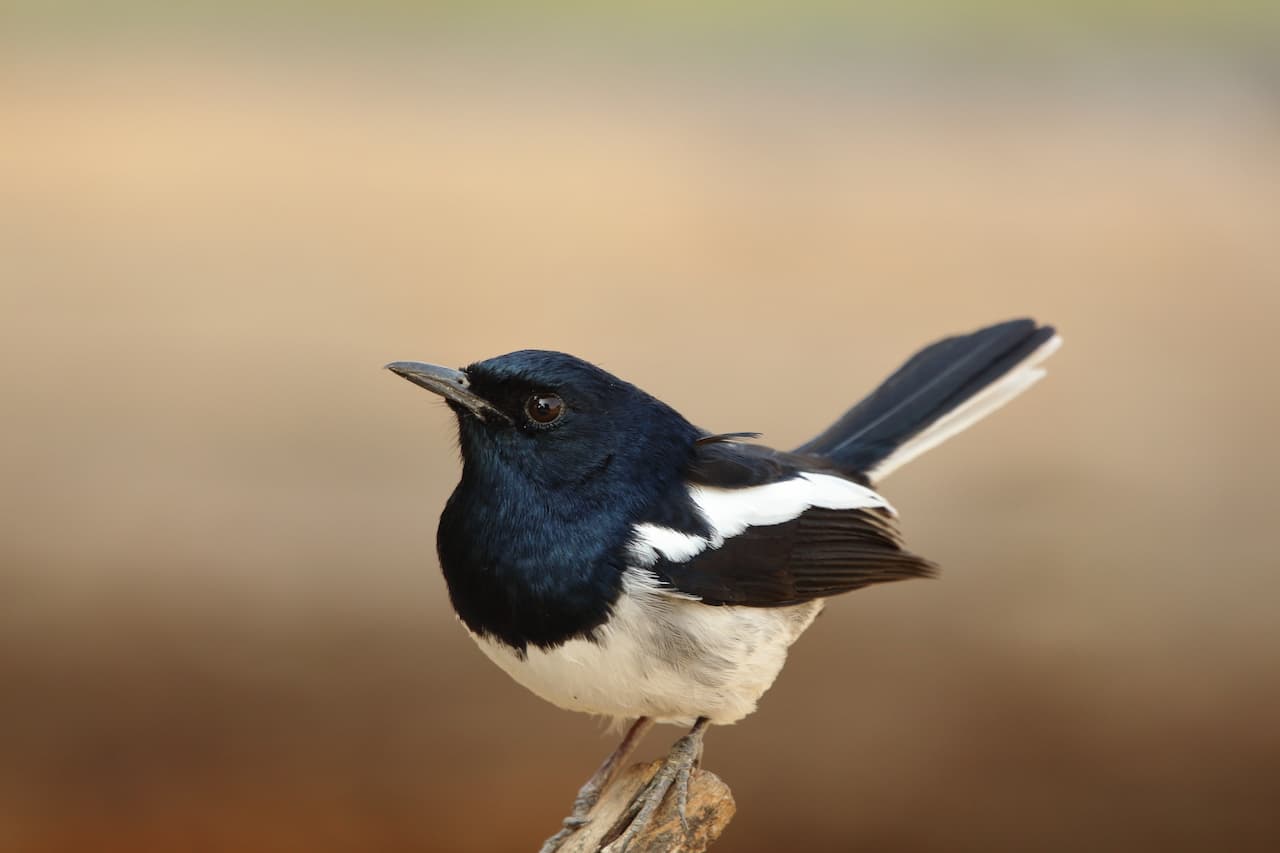
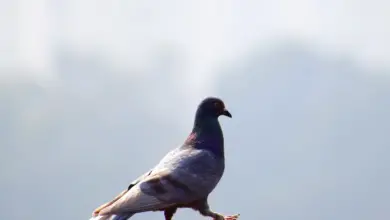
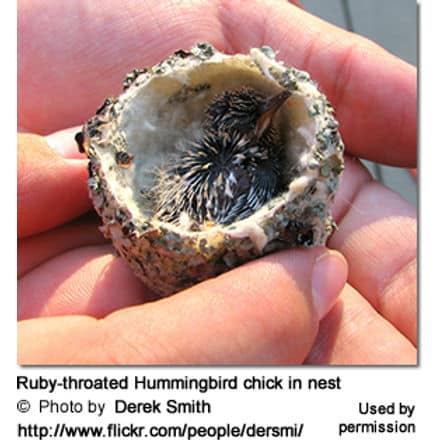
My mother just photographed 2 peacocks that showed up in the backyard for the first (1st) time in the ten (10) years of living in this home.
Thank you for your contributions!